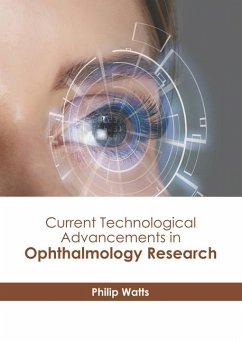
Minimally Invasive Urological Procedures and Related Technological Developments
Series 2
Versandkostenfrei!
Versandfertig in 1-2 Wochen
56,99 €
inkl. MwSt.

PAYBACK Punkte
28 °P sammeln!
We are in the modern era of innovations, technological developments and minimisation in the field of urology. While laparoscopy and robotic surgery have revolutionised pelvic and upper tract oncology, there is continuous evolution and increasing use of these in the field of benign conditions and paediatric urology. As lasers have changed endourology, new minimally invasive surgical techniques (MISTs) have given a new meaning to benign prostate hyperplasia (BPH) surgery. Oncological developments for prostate cancer now include treatments such as robotic prostatectomy, brachytherapy, radiotherap...
We are in the modern era of innovations, technological developments and minimisation in the field of urology. While laparoscopy and robotic surgery have revolutionised pelvic and upper tract oncology, there is continuous evolution and increasing use of these in the field of benign conditions and paediatric urology. As lasers have changed endourology, new minimally invasive surgical techniques (MISTs) have given a new meaning to benign prostate hyperplasia (BPH) surgery. Oncological developments for prostate cancer now include treatments such as robotic prostatectomy, brachytherapy, radiotherapy, cryotherapy and HIFU. Robotic partial nephrectomy and cryotherapy have changed the face of renal cancer. While robotic cystectomy is also gaining popularity for muscle-invasive bladder cancer, new concepts of En-bloc resection of bladder cancer are emerging and being increasingly adopted. MISTs for BPH include laser (Holmium, thulium and green light), water-based treatments (Rezum, Aquablation) and other minimally invasive procedures such as prostate artery embolisation (PAE), TIND and Urolift. There is increasing emphasis on the role of suction in endourological procedures, while the quest for better intrarenal pressure and temperature monitoring continues. The use of Thulium fibre laser (TFL), Moses technology and small disposable ureteroscopes all help in pushing the boundaries of ureteroscopy (URS) and percutaneous nephrolithotomy (PCNL) procedures. These new technological developments have led to improvements in patients' quality of life (QoL), shorter hospital stays and reductions in complication rates.












